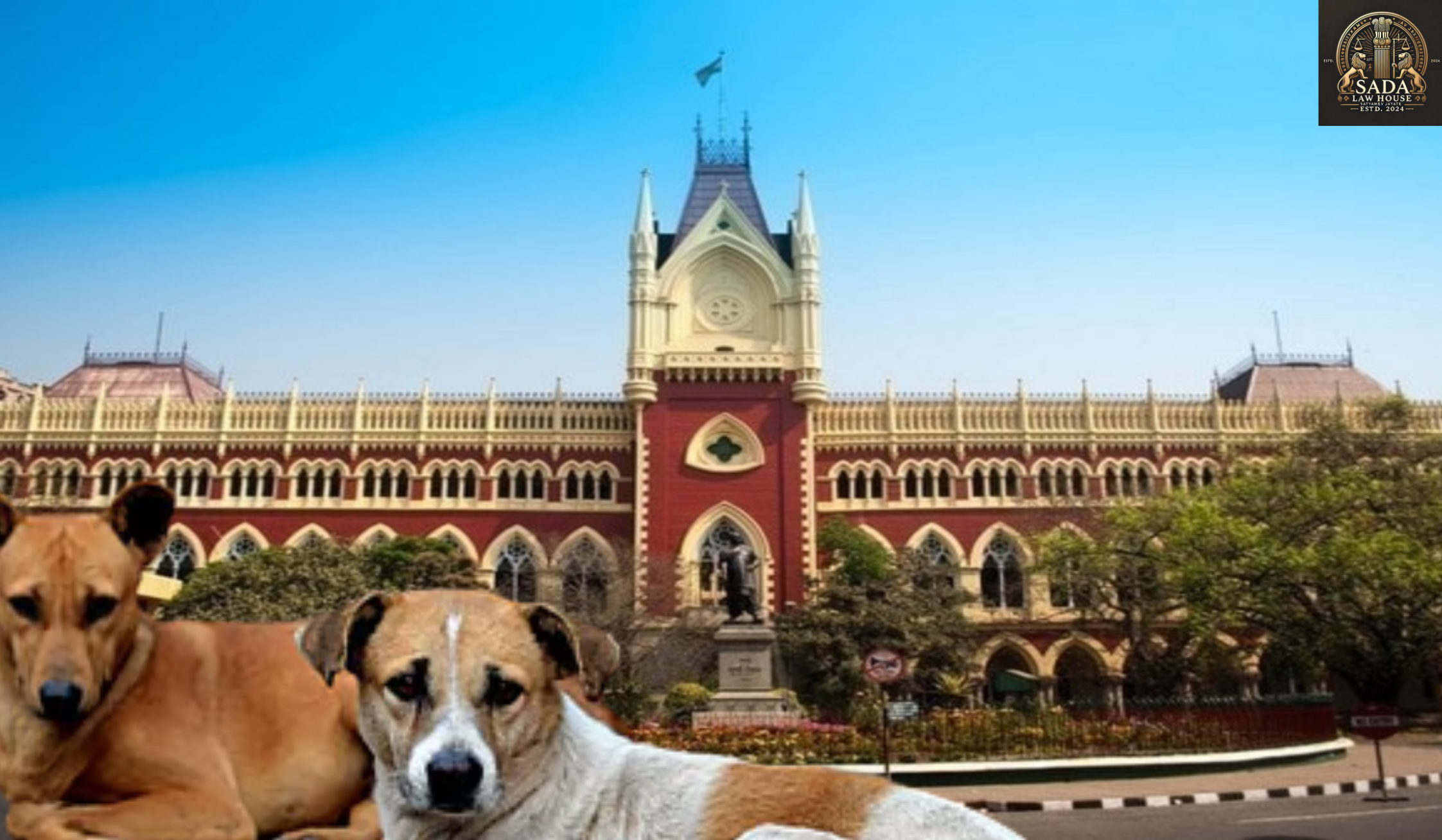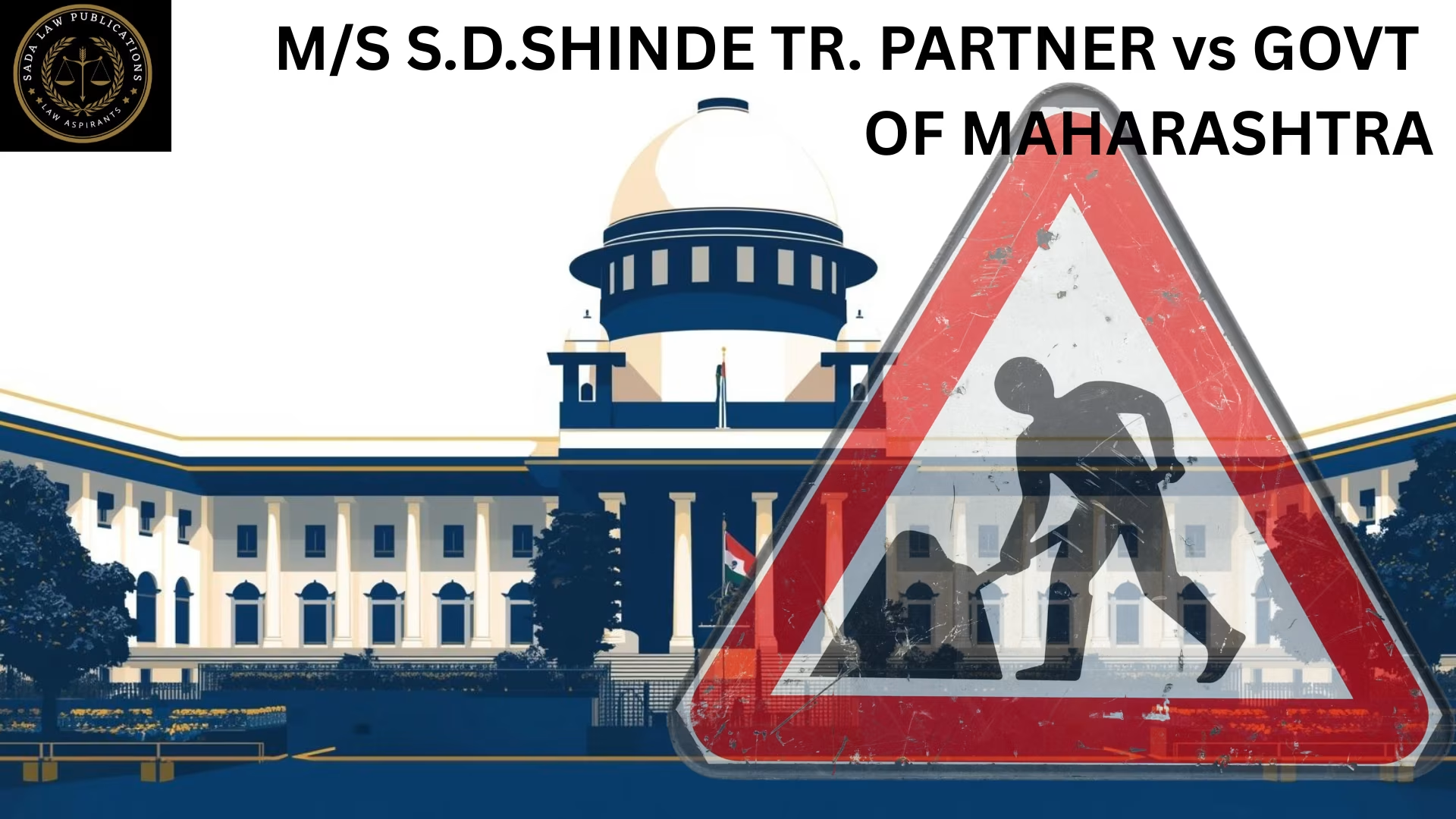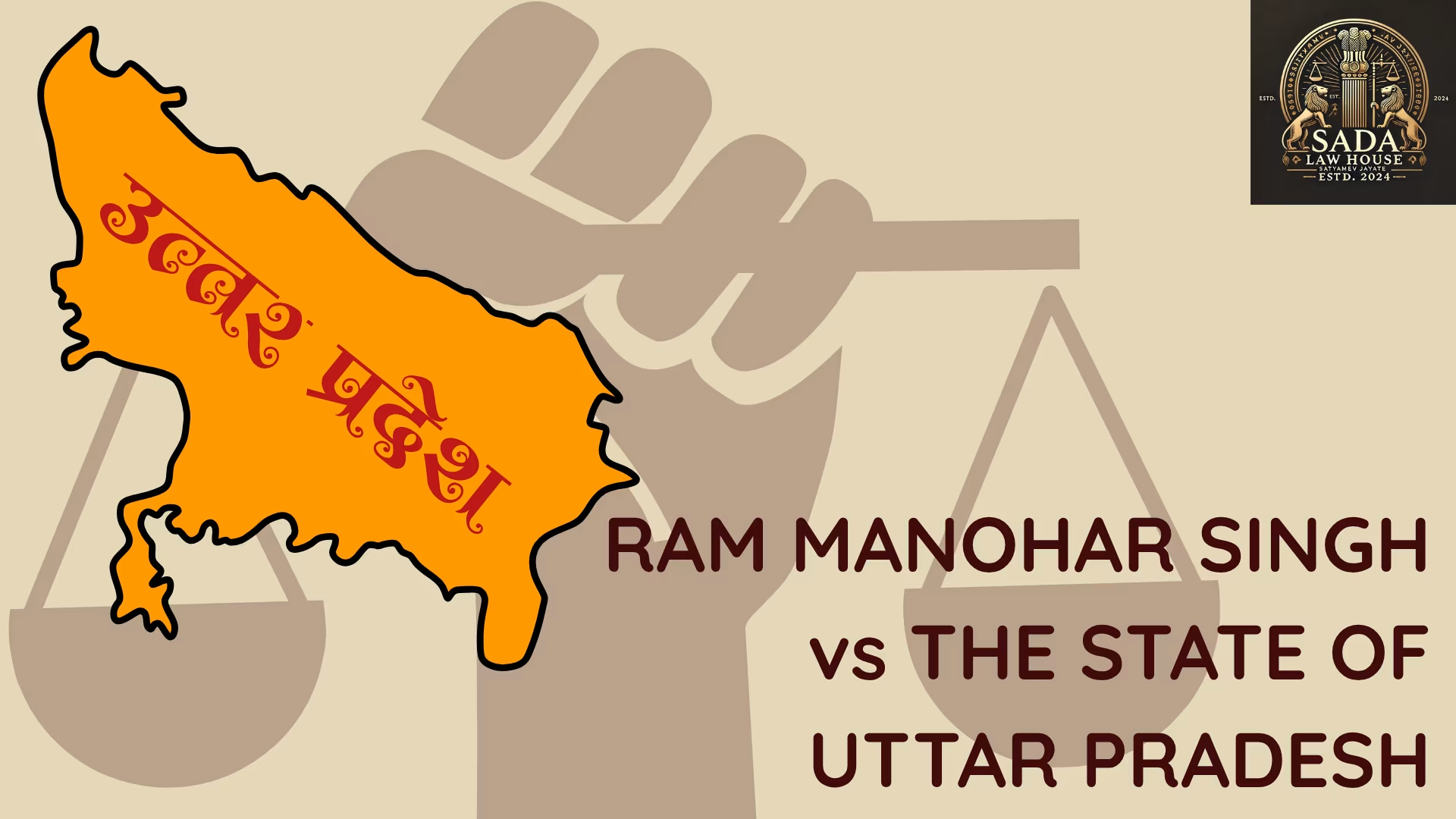The Supreme Court of India continues its Presidential Reference hearing on whether Governors and the President of India can face judicially imposed timelines for decisions on State Bills.
Introduction
On Day 3 of the Presidential Reference hearing, a Constitution Bench of the Supreme Court of India examined whether the President and Governors can be placed under judicially determined timelines for decisions on State Bills.
The five-judge Bench was headed by Chief Justice of India (CJI) BR Gavai, along with Justices Surya Kant, Vikram Nath, PS Narasimha, and Atul S Chandurkar. The Court heard detailed arguments from Solicitor General Tushar Mehta and senior advocates representing Tamil Nadu and Kerala.
Submissions of Solicitor General Tushar Mehta
Continuing his submissions, SG Tushar Mehta opposed judicially setting deadlines for constitutional authorities. He argued:
No timelines in the Constitution: Where the Constitution is silent, courts cannot impose artificial deadlines.
Exceptions to aid and advice: Cited Articles 200, 356, and 174, as well as the Nabam Rebia judgment, where Governors may act with limited discretion.
Case of Shamsher Singh (1974): Governors must not act as a parallel government.
Political mechanisms exist: Disputes can be addressed through appeals to the Prime Minister of India, President, or political processes rather than judicial intervention.
Mehta warned that allowing courts to fix such timelines would amount to judicial overreach.
Bench Pushes Back on Indefinite Inaction
The Bench, however, raised concerns over Governors potentially stalling Bills for years without action.
Justice PS Narasimha: “Okay, we cannot specify a time limit, but a process needs to be worked out… how long can that be a dead end?”
CJI BR Gavai: “If a constitutional functionary does not discharge functions without valid reasons, should the Court say we are powerless?”
Justice Surya Kant: “What if Bills are pending for four years? Then what happens to the will of a two-thirds majority?”
The judges suggested that absolute judicial restraint might undermine the functioning of State legislatures.
Political Remedies vs. Judicial Remedies
Mehta maintained that hard cases should not lead courts to create timelines, emphasizing that solutions lie in:
Constitutional amendments
Parliament processes
Civic and political action
However, the CJI countered: “Hard cases make good law.” He questioned the absence of safeguards when Governors delay Bills indefinitely.
Mehta referenced Justice JS Verma, who cautioned against judicial encroachment into executive and legislative functions, arguing that failures should be corrected through democracy, not courts.
Presidential Questions Discussed
The Bench also briefly addressed some of the 14 questions referred by the President under Article 143:
Question 8: Whether the President must seek the Court’s advice whenever a Governor reserves a Bill. CJI Gavai noted this would overburden the Court with advisory roles.
Union–State disputes under Article 131: The CJI said such suits have proven ineffective in practice.
Kapil Sibal’s observation: Senior advocate Kapil Sibal suggested broadening the scope of the reference beyond the core issue.
Next Hearing
The case will continue on Tuesday, August 26, 2025. Arguments are expected to focus on maintainability of the reference and the scope of judicial review over gubernatorial inaction.
Conclusion
The Presidential Reference on Governor’s timelines raises a constitutional dilemma — balancing judicial restraint with preventing executive inaction. The Supreme Court’s ruling could set a landmark precedent, defining the boundaries of judicial review, gubernatorial power, and State legislature functioning in India’s democracy.







